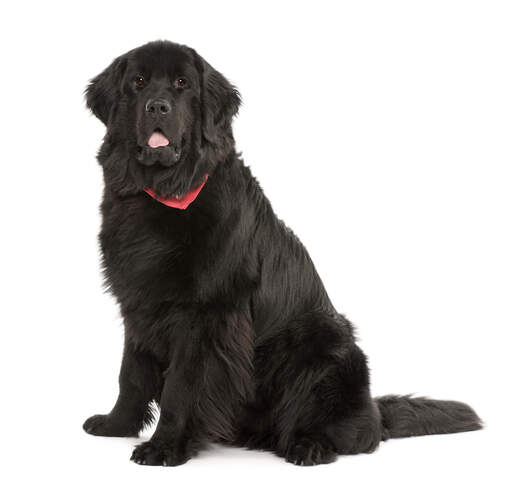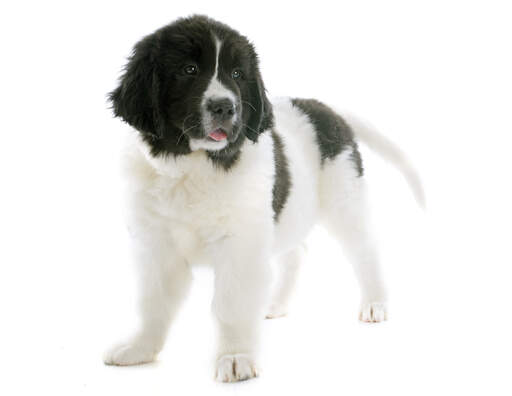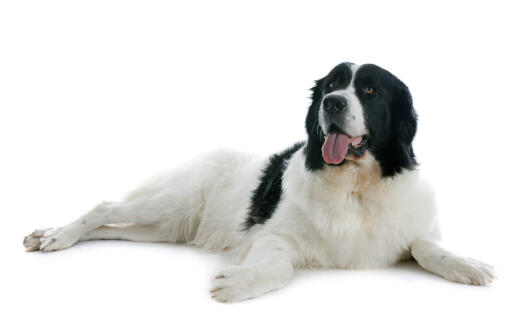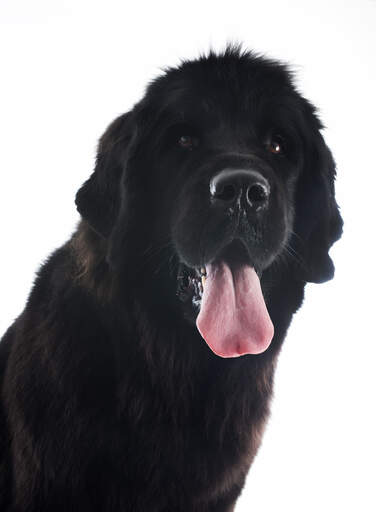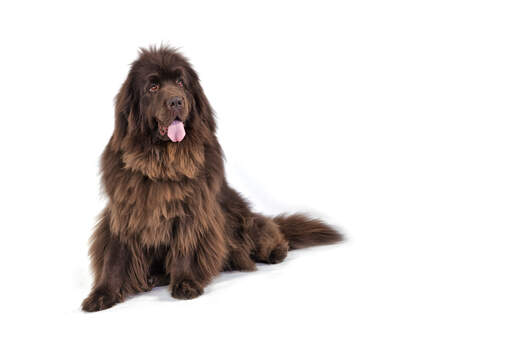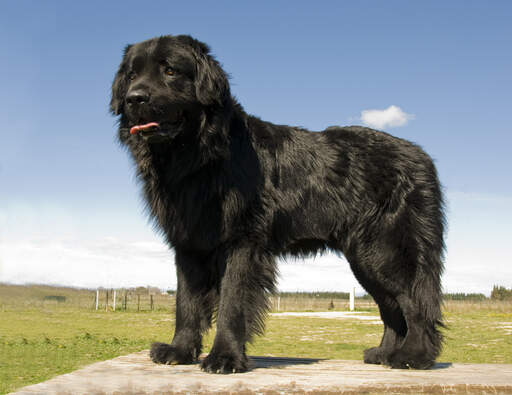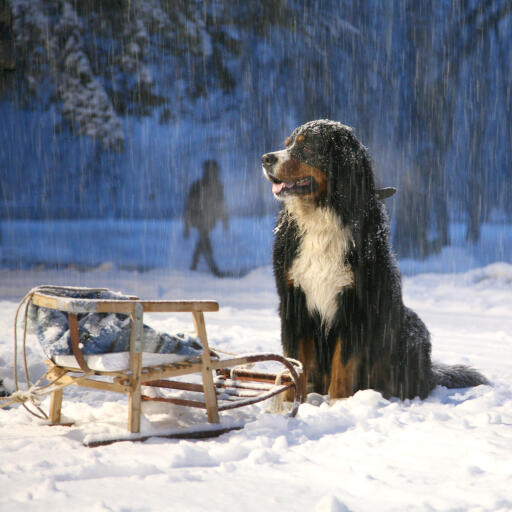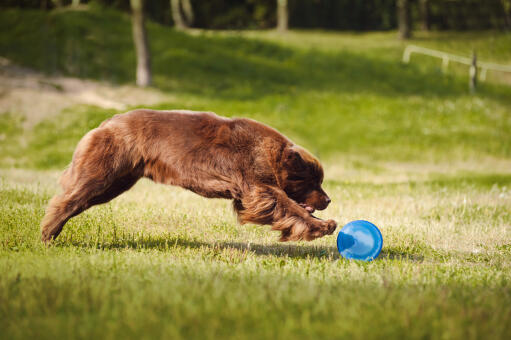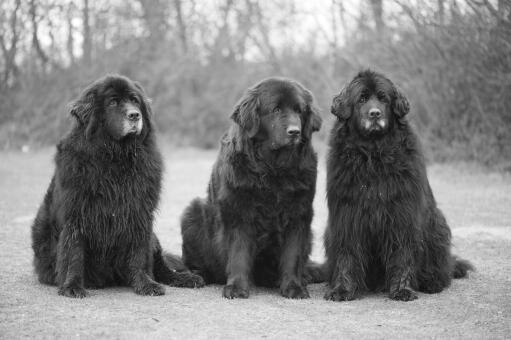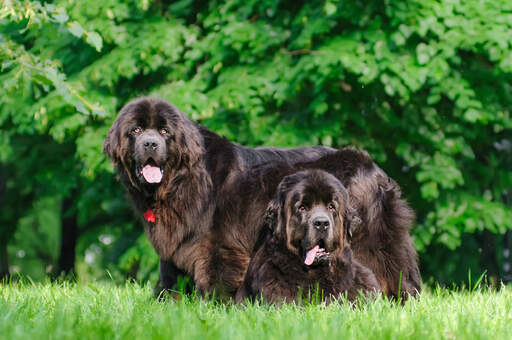Newfoundland Dogs












History
The Newfoundland breed comes from Newfoundland, Canada. They share many similarities with the St Bernard and Mastiff. The original breed was more slight than the version we know today and it is thought that breeding began with Portugese Fisherman’s Mastiffs. They were used as working dogs, often to haul nets, swim and pull carts for fishermen. They are a well-rounded, strong dog that can undertake almost any task you give them. They are great swimmers and have a built in ability to know when someone is in trouble in the water. There are numerous stories of Newfoundlands jumping into the water and saving people’s lives.
Behaviour
The sheer size of this breed is not for everyone, but these are sweet-natured, calm dogs. They are very loving and are just big softies at heart. Their webbed feet and double coat kind of give away what this dogs favourite pastime is, swimming. They are great at swimming and will jump into almost any body of water that they come across, often with little regard for anything that may be in their way. Their double coat protects the dog from the cold.
Newfoundlands are a docile and obedient breed, but training must start early on. By six months old they will be very strong and must know how to heal on a lead. They are quite smart but tend to learn at their own pace, but they are ever happy to please their owner and crave any form of attention. They are a real people dog who will fit well into a family and get along with everyone they meet. The only real downside to this dog is their size, they can accidentally knock over small children without even noticing. Be sure to keep an eye on any toddlers who may be playing with them. They’ll never intentionally hurt anyone unless they feel threatened. They have a sweet disposition which makes them very good therapy dogs. They’ll want to be close to you at all times and sometimes may even try to climb onto your lap.
For such a large dog they only need moderate amounts of exercise, a swim is ideal. They can be lazy and may sometimes not be in the mood for a walk. When out there recall skills will be good, unless there is any water involved that is. A good length walk each day will be enough for them. They tend to drool quite a bit when having a drink.
In terms of grooming, brushing a couple of times a week paired with an annual trim will do the job just fine.
Temperament
Newfoundlands have a sweet and loving temperament. They adore family. Great swimmers who will try to enter any body of water they see if given half a chance. They are not pushovers and do think for themselves, it will take some training in order for them to fully respect you. They love to meet new people and animals, and this should be encouraged from an early age to help them become more rounded dogs.
Health Problems
ewfoundlands can be prone to canine hip dysplasia (CHD), elbow dysplasia, bloat, cancer, eye problems, heart problems, and urinary infections.
Breed Details
- Status: Common
- Life Expectancy: 8 - 10 years
- Weight: 110 - 155 lbs
- Height: 26 - 29"
- Rare: No
- Coat: Medium - Double
- Grooming Requirements: Everyday
- Town or Country: Country
- Minimum Home Size: Large House
- Minimum Garden Size: Large Garden
- Breed Type: Working Dog
- Size: Giant
- Energy Level: Medium
- Exercise Required: Up to 1 hour

